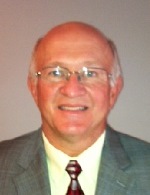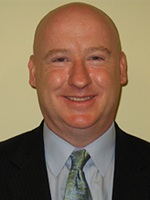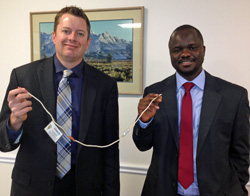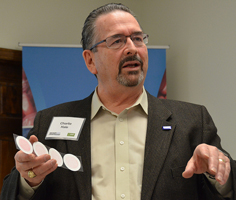![]() Key members of the U.S. agricultural value chain have joined together to applaud the work of the United States and like-minded governments to promote the importance of science-based regulations to facilitate trade of agricultural commodities derived from agricultural biotechnology.
Key members of the U.S. agricultural value chain have joined together to applaud the work of the United States and like-minded governments to promote the importance of science-based regulations to facilitate trade of agricultural commodities derived from agricultural biotechnology.
In a joint statement, the United States was joined by the governments of Argentina, Australia, Brazil, Canada and Paraguay to announce their intention to work collaboratively to remove global barriers to the trade of agricultural biotechnology and promote science-based, transparent and predictable regulatory approaches.
The U.S. agriculture sector agrees that a particular area of concern is the timeliness and efficiency of global regulatory systems. In the joint statement, the like-minded governments have highlighted their intention to promote synchronization of authorizations by regulatory authorities – in particular for food, feed and processing purposes.










